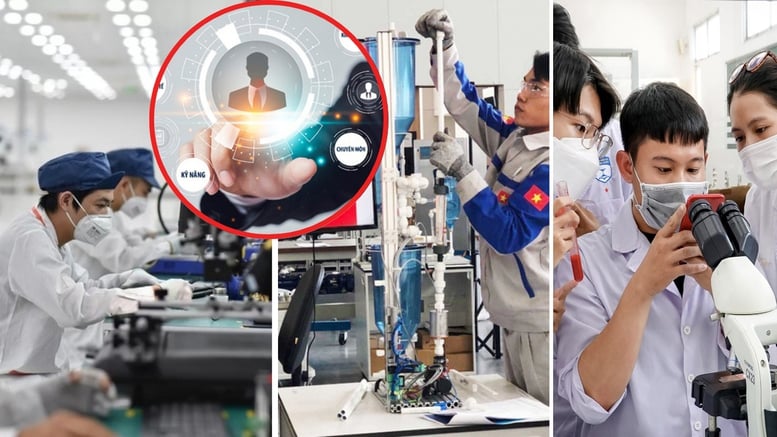
Talented people can come from all walks of life, all regions, not limited by background or origin.
After nearly four decades of Doi Moi, our country has grown strongly, but is also facing new limits of the old growth model - a model that relies heavily on capital, resources and cheap labor. To break through, we must shift to an economy based on knowledge, creativity and national leadership capacity, in which people are the soft infrastructure of development.
In that context, the Draft Political Report's emphasis on human resource breakthroughs is a big step forward in thinking: "Focus on restructuring and improving the quality of human resources, developing high-quality, highly qualified human resources; promoting the attraction and use of talents; encouraging and protecting dynamic, creative cadres who dare to think, dare to do, dare to take responsibility for the common good. Strongly innovate cadre work, ensure objectivity, democracy, substance, and effectiveness, especially the work of assessing and evaluating cadres in accordance with the policy of "in, out", "up, down". Build a team of leaders and managers at all levels of the political system, especially strategic and grassroots cadres who are truly exemplary, with advanced thinking and management capacity, suitable for the new organizational model and the country's breakthrough development requirements".
However, for this breakthrough to truly become a core driving force, the content needs to be upgraded – from human resource policy to a comprehensive human development ecosystem, from personnel work to a culture of valuing and protecting talent, from skills training to building national capacity based on people.
A remarkable step forward in human development thinking
The human resource breakthrough section in the Draft Report shows many new highlights:
Firstly, the human development mindset has been renewed. Instead of just "improving the quality of training", the Draft Report emphasizes "transforming the structure and improving the quality of human resources; developing high-quality, highly qualified human resources; promoting the attraction and use of talents". This is a systematic approach, considering people as the central factor in designing a new development model.
Second, the principle of “in, out”, “up, down” demonstrates a strong determination to innovate in personnel work. It is the institutionalization of a culture of healthy competition in the public sector – where capacity and dedication must be the only criteria for promotion.
Third, the promotion of "dynamic, creative cadres who dare to think, dare to do, dare to take responsibility for the common good" is a strong affirmation that creativity must be encouraged and protected. Only when those who dare to do are no longer afraid of risks can the institution operate flexibly and effectively.
However, this content can still be enriched to more deeply reflect the Party's vision of "comprehensive human development of Vietnam in the new era" - a vision that encompasses culture, institutions, qualities and social values.

Today, we need a "new education" - learning to create, learning to contribute, learning to serve.
Three aspects need to be added for human resource breakthrough to truly become national breakthrough
1. Creating a talent ecosystem – where talented people can appear and shine
Talent cannot be formed and developed in an environment lacking transparency, opportunity and respect. In reality, we do not lack talented people, but rather lack an ecosystem where talented people can live, create and contribute.
A national talent base requires three conditions:
1. Open : Talented people can come from all walks of life, all regions, not limited by background or origin.
2. Reality : Selection, employment and compensation must be based on achievements, not on relationships or seniority.
3. Security: Talented people are protected from political and legal risks when they dare to innovate and take responsibility.
To do that, it is necessary to institutionalize a transparent competitive mechanism in recruiting civil servants, expand the rotation of talent between the public and private sectors, and especially overcome the disease of jealousy and egalitarianism - which is the biggest barrier that causes many talented people to choose to stay outside the system.
In an open environment, talented people do not need to hide their abilities; initiatives cannot be suppressed by fear; and success does not become an excuse for isolation. That is the fertile ground for talent to flourish.
2. Improving the quality and capacity of cooperation - the cultural foundation of Vietnamese human resources
A nation that has shared weal and woe in war, today must join hands and unite in peacetime to develop together.
Human resources only truly become a development resource when professional capacity is combined with moral qualities, a spirit of cooperation and dedication. In the knowledge era, knowledge only creates value when people know how to connect, share and work together.
Therefore, in addition to improving qualifications, we need to pay more attention to personality education , public ethics and a culture of cooperation and sharing. We need to turn "cooperation" into national capacity, as Japan did after World War II, turning the spirit of "kaizen - improving together" into national strength.
Human resource breakthrough cannot be based on knowledge alone, but must be based on behavioral culture – where we celebrate the success of others, not envy; learn to complement each other, not compete and destroy each other.
How to form a civil service that encourages innovation, competition, equality, and mutual respect for mutual development, rather than competing with jealousy, envy, or holding each other back.
3. Restoring and modernizing the tradition of mandarin examinations – the soft foundation of a knowledge-based society
Vietnam used to be a country of scholars, where education was honored, virtuous people were respected, and knowledge was considered the most prestigious path to establish oneself and make a career. That tradition – if revived and renewed in a modern spirit – would be a valuable cultural capital for human resource breakthroughs.
Today, we need a “new education” – learning to create, learning to contribute, learning to serve. Revival of that tradition is not to return to the past, but to build a social and cultural foundation that respects knowledge, learning, and talent, encourages lifelong learning, and honors scientists, experts, and intellectuals – those who are contributing to shaping the future of the country.
No nation can become strong if society does not respect intellectuals and creative people.
From human resource development to people-based national capacity building
To truly make a breakthrough in human resources and create strategic changes, it is necessary to institutionalize them with specific operating mechanisms.
First of all, it is necessary to develop a National Strategy on talent and leadership capacity, similar to Singapore with the Public Leadership Centre or Korea with the KIPA (Kill Institute of Public Administration). This strategy must aim at two goals: developing a national talent ecosystem and cultivating a leadership team with strategic thinking, innovation capacity and global vision. A Vietnam Public Leadership Center should be established to train, coach and assess public leadership capacity at all levels, connecting with a network of domestic and foreign experts.
Next, it is necessary to establish a competitive public labor market, with an open selection mechanism, performance-based assessment (KPI) and a competency framework for each leadership position. The principle of "some in, some out - some up, some down" must become a reality, ensuring that capable and effective people are truly valued, while weak or stagnant people need to be transferred, even fired.
Third, a national human resources dashboard should be developed – an integrated data system that helps the government operate on a data-based basis. This dashboard measures strategic indicators such as: the rate of high-quality human resources, labor productivity, the rate of innovative officials, the level of retraining and the index of trust in public service. This will be the "central dashboard" of the national human resources strategy.
Fourth, it is necessary to put education, science and technology, and personnel work on the same policy axis, considering this as a unified value chain that produces high-quality human resources. Education provides a knowledge foundation, science and technology motivates creativity, and personnel work opens up space for development - only when these three factors are coordinated smoothly can the country form a strong and sustainable talent force.
Finally, a reasonable risk protection mechanism must be built for officials who dare to think and act, similar to the "policy sandbox" model in economics. Innovators for the common good need a "legal safety zone" so that their creativity is not stifled by the fear of making mistakes.
The above mechanisms, if institutionalized synchronously, will turn "human resource breakthrough" from a political slogan into an operating system of a human-building nation - where talents are discovered, nurtured, valued and protected; where Vietnamese people truly become an endless source of creative energy for development.
Proposal to adjust the wording in the Draft Political Report
To fully reflect the above vision, the paragraph on strategic breakthrough in human resources might be considered to read:
"Focus on restructuring and improving the quality of human resources; developing national capacity based on people; creating a national talent ecosystem; encouraging and protecting dynamic, creative cadres who dare to think, dare to do, dare to take responsibility for the common interest; strongly innovating cadre work and the mechanism of employing talented people on the principles of competition, transparency and accountability; building a culture of respecting knowledge, promoting cooperation and reviving the spirit of Vietnamese academics in the new era".
This is a concise but comprehensive expression, harmoniously combining politics - institutions - culture - humanity.
Developing Vietnamese people as a national capacity
Human resource breakthrough is not only a technical solution, but also a new development manifesto: developing Vietnamese people as a national capacity.
As the country moves from the stage of "Innovation of growth model" to "Innovation of development thinking", human resource breakthrough is where that thinking is most clearly embodied. It not only requires reform of education or selection of officials, but also requires a revolution in organizational culture, in the way society treats talented people, and in the way each Vietnamese cooperates to grow together.
If the 14th Congress affirms and elevates this spirit, it will not only be a breakthrough in human resources, but also the beginning of an era of building Vietnamese people – intelligent, creative, compassionate and globally capable.
Dr. Nguyen Si Dung
Source: https://baochinhphu.vn/gop-y-du-thao-bao-cao-chinh-tri-dai-hoi-xiv-cua-dang-bai-3-dot-pha-nhan-luc-linh-hon-cua-cac-dot-pha-chien-luoc-102251102072502019.htm






![[Photo] Prime Minister Pham Minh Chinh chairs the second meeting of the Steering Committee on private economic development.](https://vphoto.vietnam.vn/thumb/1200x675/vietnam/resource/IMAGE/2025/11/01/1762006716873_dsc-9145-jpg.webp)




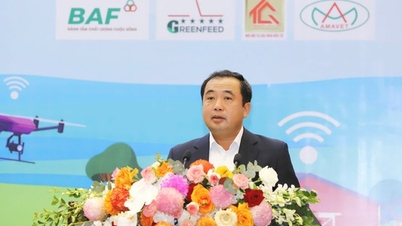
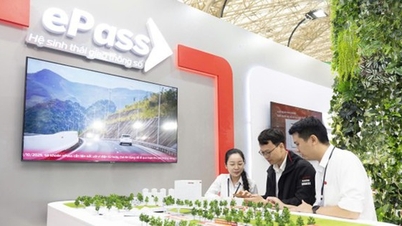










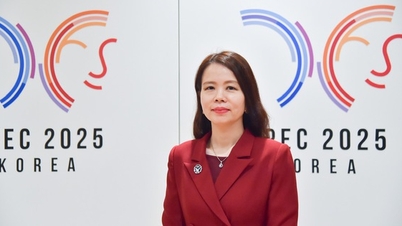





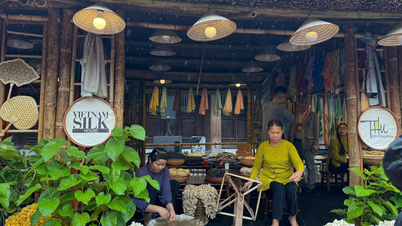





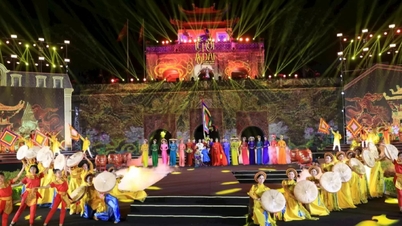

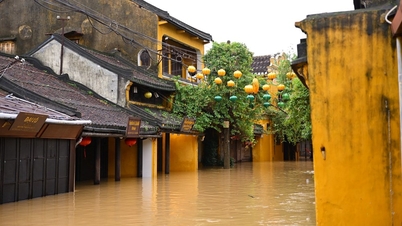









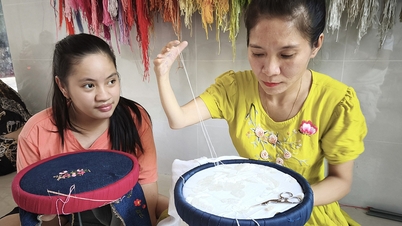














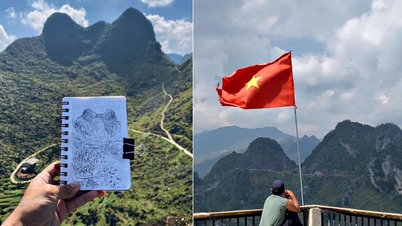




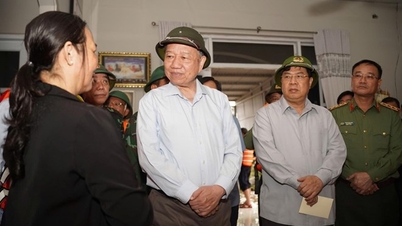





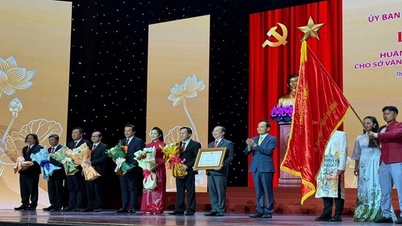

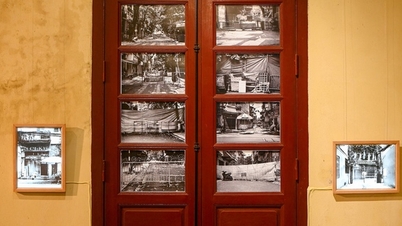


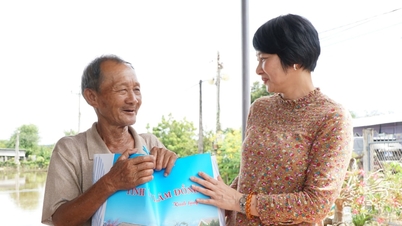



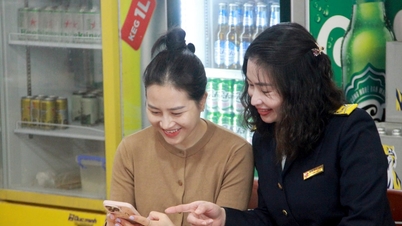





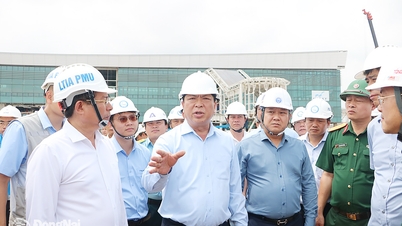















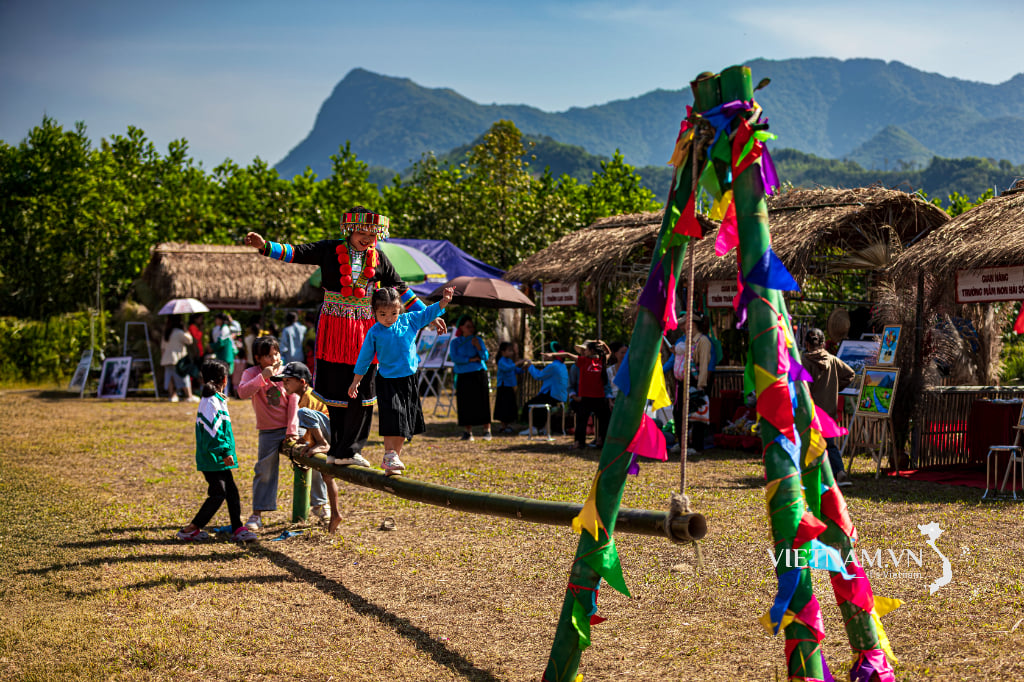
Comment (0)